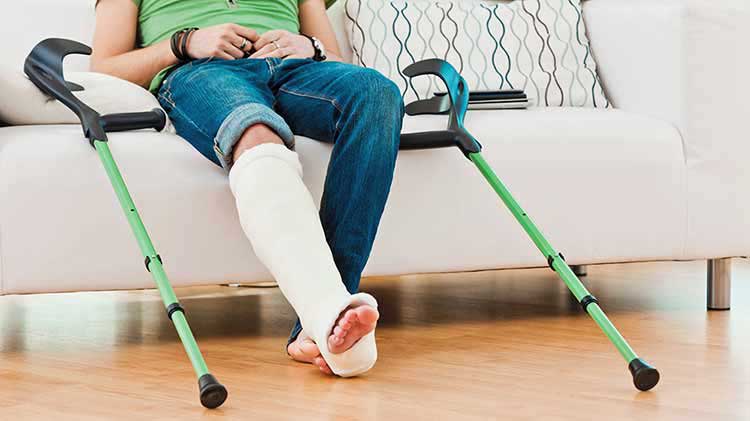Odds of long-term disability
Insurance claims studies indicate that the odds of becoming disabled for 90 days or longer are much greater than dying during one's working years.
Studies also suggest that, as the number of business owners or key employees increases, so do the odds that one of them will suffer a long-term disability.
Probability of at least one long-term disability prior to age 65
| Number of people in the age group | ||||||
|---|---|---|---|---|---|---|
| Age | 1 | 2 | 3 | 4 | 5 | 6 |
| 25 | 58% | 82% | 92% | 97% | 99% | 99% |
| 30 | 54% | 79% | 90% | 96% | 98% | 99% |
| 35 | 50% | 75% | 88% | 94% | 97% | 98% |
| 40 | 45% | 70% | 84% | 91% | 95% | 97% |
| 45 | 40% | 64% | 78% | 87% | 92% | 95% |
| 50 | 33% | 55% | 70% | 80% | 86% | 91% |
| 55 | 25% | 43% | 57% | 68% | 76% | 82% |
Note: Based on the 1985 Commissioners Individual Disability Table, most recent available.
Determining odds of long-term disability among people of different ages
Use the following table and worksheet to determine the risk of a long-term disability among your business owners or key employees.
| Age | |||||||
|---|---|---|---|---|---|---|---|
| 25 | 30 | 35 | 40 | 45 | 50 | 55 | |
| Value | .42 | .46 | .50 | .55 | .60 | .67 | .75 |
Step 1: For each owner or key employee you wish to include in your analysis, choose the value from the table above that corresponds to the age closest to the actual age of the owner or key employee, and include the value in the space below.
Step 2: Multiply all of the values by each other to arrive at a single value.
______ × ______ × ______ × ______ × ______ = ______
Step 3: Multiply the single value by 100 to convert it to a percent.
100 × ______ = ______ %
Step 4: Subtract the single value from 100% to determine the odds of long-term disability for any one of the groups of owners or key employees in your company.
100% − ______ = ______ %
Note: You can perform this analysis for any number of owners or key employees, not just the five shown in this worksheet.





